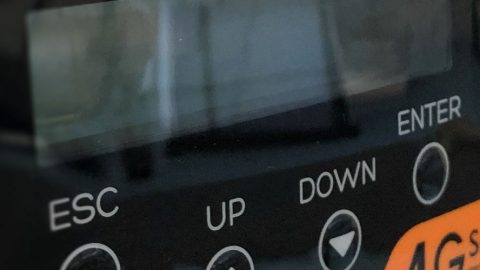Why does a solar energy system shut down automatically when there is too much sun?
“Our solar energy system occasionally shuts down when the sun is shining. Why is this happening and what can be done to prevent it?”
Every inverter features a built-in mechanism that ensures it is automatically disconnected from the power grid when the so-called ‘grid parameters’ are exceeded. These consist of: voltage, current, frequency and grid impedance. It chiefly concerns the voltage and the frequency of the power grid. Normally, the grid frequency in Europe is 50 Hertz (although the voltage varies from country to country). In the Netherlands, the low voltage grid is 230 V with a tolerance (it is usually between 207 V and 253 V).
The limit values at which the inverter must disconnect itself from the grid are regulated by law and different for each country. For the Netherlands, this is covered by the NEN EN 50438 standard for micro-generating plants and the Dutch Grid Code (Netcode Elektriciteit) for large plants.
An important limit is the upper limit of the mains voltage: if the mains voltage measured by the inverter is greater than this value, the inverter will be disconnected from the grid. An inverter that feeds power back into the grid increases the mains voltage by up to 9 V. Electrical domestic appliances such as a washing machine use energy causing the mains voltage to drop.
On a sunny day, it is possible that the inverter tries to feed a lot of power into the grid at the same time as little current is being used. The mains voltage increases, the limit value is reached and the inverter is switched off. The inverter then starts up again automatically once the mains voltage falls below the limit value.
Consequently, when the sun shines brightly, the solar power system cannot work optimally because the inverter keeps on shutting down.
What can be done about this?
- Contact your grid operator and explain the problem to them. Ultimately, they are responsible for the grid. Of course, the system must have been fitted in accordance with statutory requirements and directives.
- In a number of cases, it is possible to slightly raise the upper limit of the inverter’s cut-off voltage. This may only be done with the grid operator’s approval.
- It is also possible that several solar power systems in a residential district happen to feed power into the same phase (power grid). This can result in the voltage in that phase being higher than in the other two. If possible, the inverter can be connected to another phase to prevent this problem arising.
- Another solution: make sure that when it is very sunny, you switch on a lot of household appliances so that the mains voltage does not become too high.

